What your Poop and Pee can tell you about Your Health
With all this talk about detox and fasting, it’s inevitable that I would eventually cross onto the topic of eh-em, bodily excrements. Actually, your poop and pee can tell A LOT about your health and should always be the first thing to check when you’re not feeling your best. If you notice any sudden changes in your bowel movements, it’s also a good idea to ask yourself – has my diet changed recently or have I added a new supplement or something different? Often times the answer is yes.
All information in this article is for educational purposes only.
It is not for the diagnosis, treatment, prescription or cure of any disease or health condition.
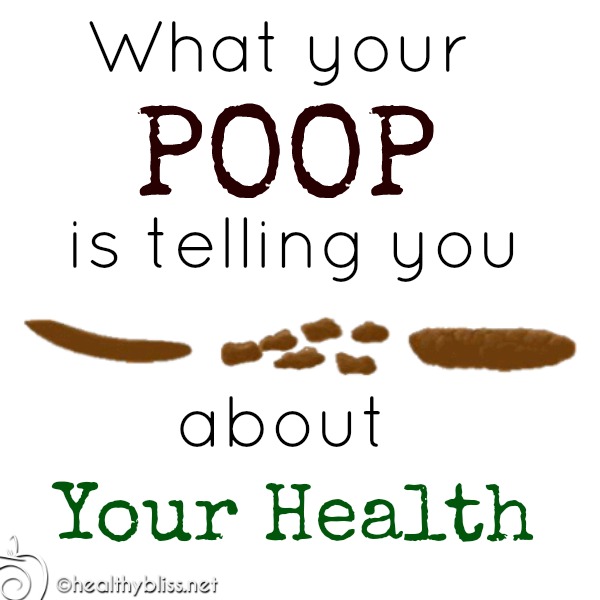
Your poop: What is a healthy Poop?
On a daily basis, your bowel movements or poops should be easy to pass, formed and should sink in the toilet (not float). The color should be a normal healthy brown color.
Many people say that you should go to the toilet as many times as you eat in a day. That means someone eating 3 meals a day should have 3 movements per day. Anything less than that would be considered constipation.
Types 1 and 2 on the Bristol Stool Chart (see below) are indicative of constipation and types 5, 6 or 7 can indicate loose stool or diarrhea. Types 3 and 4 are considered the ideal, healthy stools (especially type 4), as they are easy to pass while not containing excess liquid.
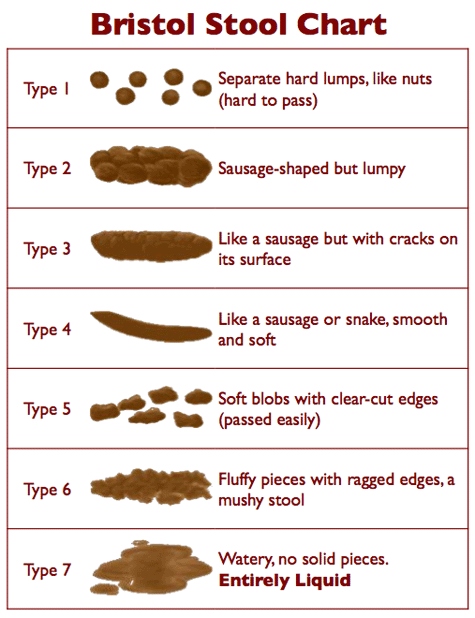
What does a different color poo mean?
Red stool can be an indicator of blood, inflammation, diverticulitis or blockage in the colon. Just remember to note what you’ve eaten before, because in some cases red stool is just a normal passage of coloring in the food, like after you eat red or purple beets.
Sometimes if taking an iron supplement, your stool can turn a very dark red, almost black color. Eating a lot of meat in the diet can always make your poop look black. Taking charcoal capsules will most definitely turn your stool black. Don’t worry if you see black poo after taking charcoal; it’s the normal passage of the charcoal through your intestinal tract.
Green or yellow stool can be a sign of liver or gallbladder problems. If you’ve just done the liver/gallstone flush though, that doesn’t count! A liver flush is a temporary detox reaction and should not be used to compare your stool color on a daily basis.
What do different sizes or shapes of poop mean?
If you are pushing hard to pass your stool, or if it’s small pellets and very dry, then you’re most likely dehydrated and not drinking enough water on a daily basis. You may also need more fiber in your diet. A first good step would be to drink more water and see if anything changes for the better.
Long and thin poo can be a sign of bowel constriction, inflammation or other conditions in the colon. With that, you can try to eat more fiber, adding 2 Tbsp. ground organic flaxseed to a Green Smoothie daily. You can also try taking 1 tsp. black seed oil daily and see if the condition improves.
Runny or liquid poo can be an indicator of parasites, infection, food allergy or food intolerance. There can also be a lack of fiber in the diet. In some cases, doing a colon cleanse can really help.
If your poo floats, it may be a sign that your body is not digesting fats properly. Always look at the diet and see what the person is eating (or not eating). Sometimes doing a small intestine cleanse can help, especially if this is a recurring problem.
Your urine: What does normal urine look like?
Remember, the goal for healthy urine is: Clear and Copious!
Normal, healthy urine should be clear, not cloudy or turbid. There may be more of a yellow color if taking certain supplements like B Vitamins; however the liquid itself should not be cloudy. Turbid urine can be a sign of bacteria in the urinary tract or kidneys, or crystallization of the urine or even kidney stones.
By copious, I mean that the amount of urine flow should be steady and have decent volume. Want you don’t want is a small, leaky trickle. If you don’t have a good flow of urine, it’s a sign that you may be dehydrated.
If your urine is clear and copious on a daily basis, then most likely you’re doing ok!
Keep in mind that thirst is not a good indicator of whether or not you’re dehydrated. Many times, you will pass the thirst marker and remain dehydrated for hours without any additional feeling of thirst. Always look at your urine as a more accurate indicator.
How much water should you drink?
This is something I get asked all the time, and really there is no simple one-size-fits-all answer.
If someone speaks a lot in their job, they will lose more water through respiration. Living in a warm climate or doing more exercise will create more loss of water from perspiration. People who eat more high-water content fresh fruits and veggies usually need less water than people who eat more dried foods like bread, cereal or dried snacks.
At the end of the day, your best bet is to just check your urine. Is it clear and copious? If yes, then you’re ok. If not, then drink more water!
What kind of water is best to drink?
Having fresh, clean spring-fed mountain water would be great, although not many people have that luxury. At home, you want to at least avoid chlorine, fluoride and heavy metals in your drinking water. Probably your best bet in catching the worst of those is to get a reverse osmosis filter on your drinking water tap in the kitchen. You can buy a reverse osmosis filter online and have a plumber install it for you.
During a detox, depending on the case, distilled water is usually best.
When doing a detox: How your poop and pee can change
Bodily functions can change when you’re doing a cleanse. It’s actually a good sign when your body is eliminating more toxins and taking advantage of the opportunity to catch up on internal housework. You gut health and overall microbiome can finally rebuild, recharge, rebalance and renew.
Many people will poo much more often during a detox, and they can also feel like they need to pee all the time. Often times, a person will get up several times through the night to pee during their cleanse. This is all considered normal, as long as the urine is clear and copious and there is no pain with urination. In fact, most fasters will comment on how clear their urine is after just a few days on a cleanse. That’s always a good indicator that the body is more clean than before.
In some cases, I’ve had fasters comment that they smelled ammonia in their urine when doing a detox. Perhaps this is from old, built-up toxins that were released from the tissue, liver or fat during the cleanse and then eliminated through the urine. Usually it will happen 1-2 times and then stop. Just an extraordinary example of how amazing and active the body can be in its own healing!
During a cleanse, ALL of your elimination organs – the colon, kidneys, lungs, skin and liver – get an opportunity to catch up on their backlog of work. After a cleanse, the most common thing I hear is, “Wow, my bowel movements are so much better now….and my eyes are brighter, skin is clearer and overall I FEEL younger!”
If all that didn’t clear things up for you (literally!), then check out this infographic below from The Daily Infographic which explains the various things your poo and pee are telling you.

Current global poop situation: Not Good
Approximately 70 MILLION Americans have digestive disorders, prompting nearly 60 MILLION visits to the doctor’s offices and hospitals each YEAR. With the rise in digestive problems and even colon cancer all over the world, I have to wonder….why aren’t more people talking about their poop? If it wasn’t such a taboo topic, then someone having poo problems might feel more comfortable to seek out help and get the answers they need.







If you know anyone having digestive problems, please share this article!
For more on how to do a detox at home or how to navigate through your detox symptoms and start feeling great, book a personalized health consult with me via Skype.
How to Book Your Health & Nutritional Consultation:
1. Take photos of your eyes with a smart phone or digital camera.
2. Email the photos to me for approval.
3. We schedule a time to meet via phone or Skype!
More on Gut Health:
- Raw Spirit Festival In Sedona, Arizona and I’m there!
- Our Farmhouse Kitchen for under $3K!! Before and After DIY Makeover
- Do you need to juice, and should you be juicing?
- How to make a Castor Oil Pack for Healing, Pain Relief or Detox
- Raw Food Slicer Salad Tool – Preparation Made Easy
More on Motivation:

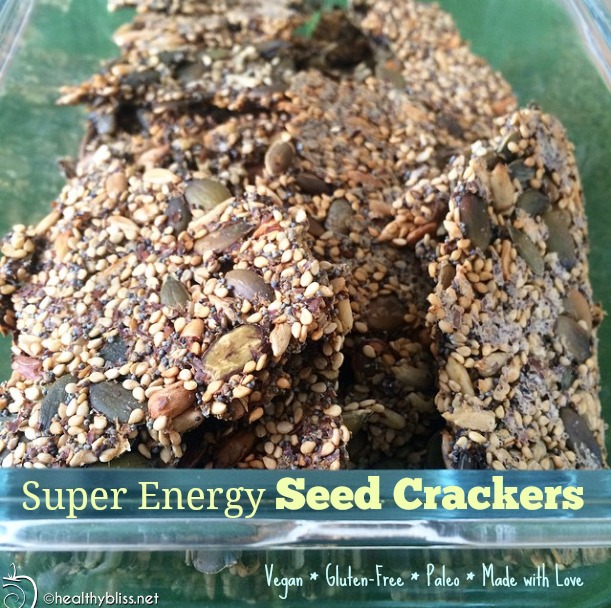
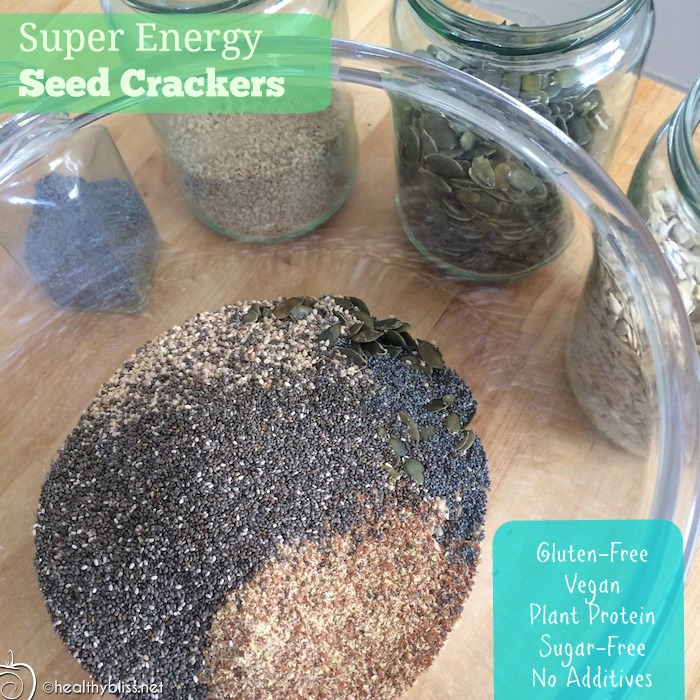
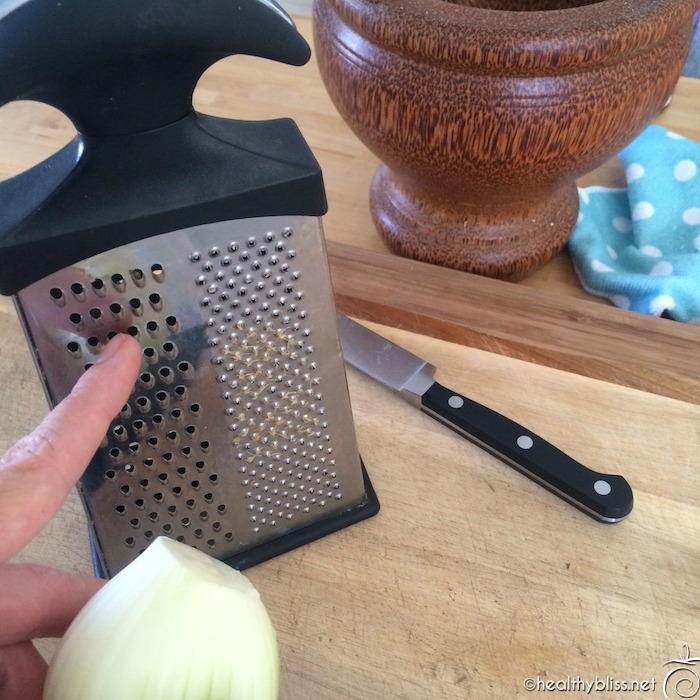
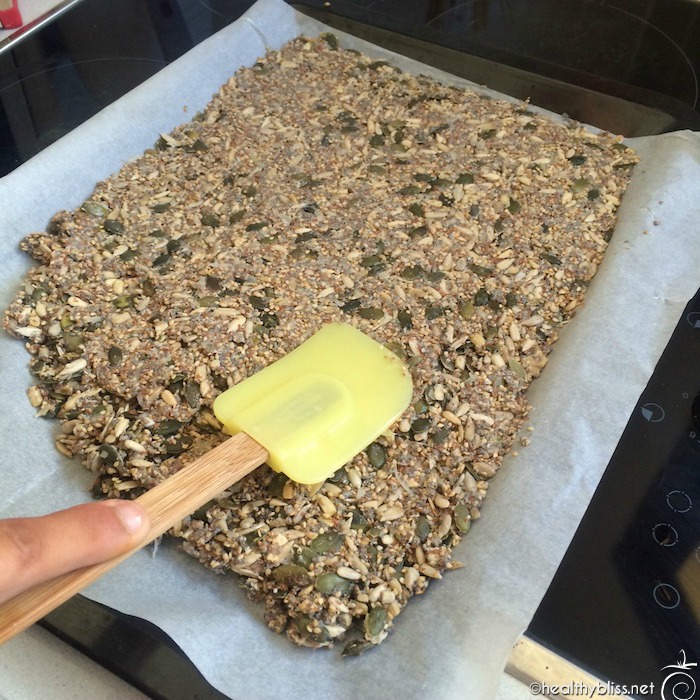
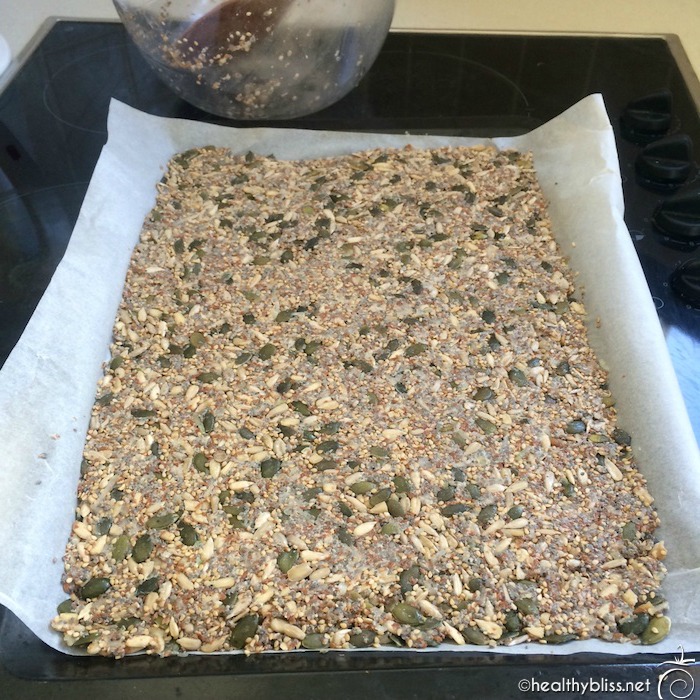








Follow Jennifer